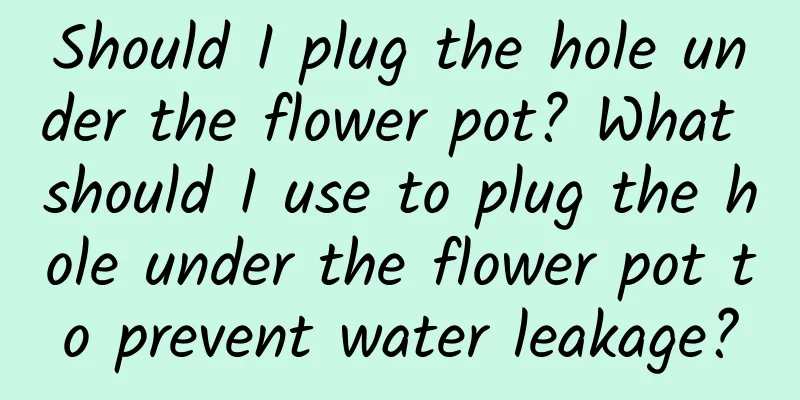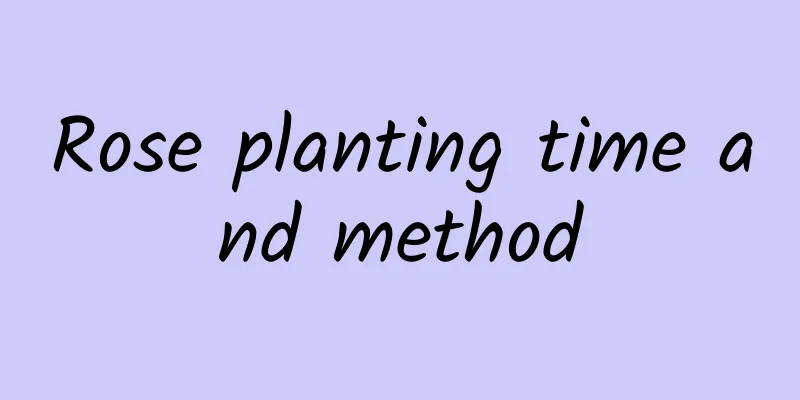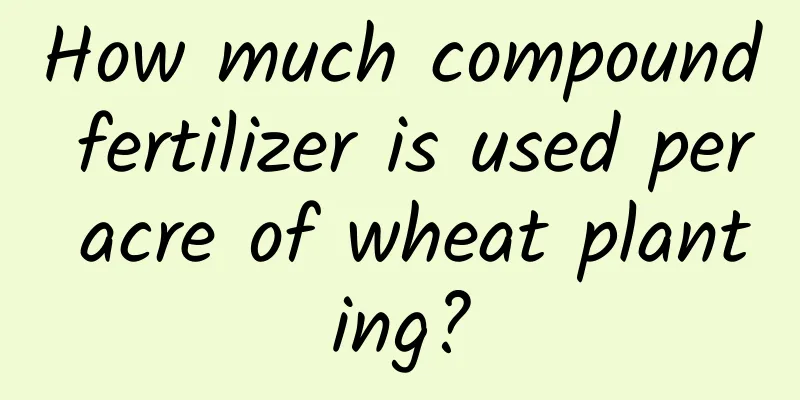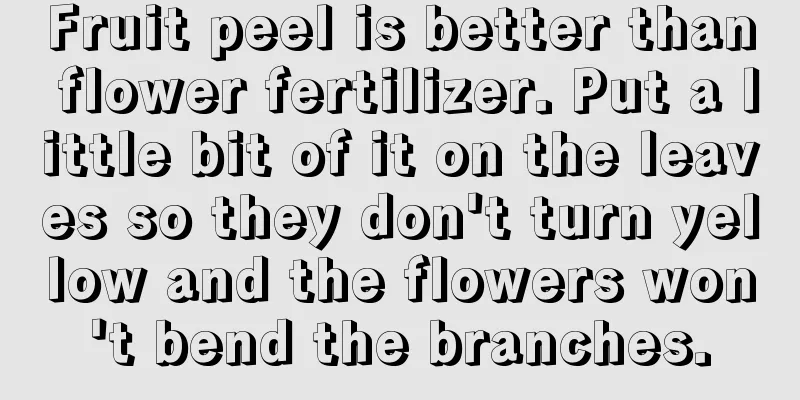Should I plug the hole under the flower pot? What should I use to plug the hole under the flower pot to prevent water leakage?

Do the holes at the bottom of the flower pot need to be blocked?Most flower pots for growing succulents have bottom holes , which need to be blocked . If the bottom holes are not blocked, water and soil will seep out together when watering, which will not only fail to retain water but also make it easy for water to flow everywhere. If the bottom hole is completely blocked, it will be airtight , and the air in the soil will be unable to exchange with the outside world. The following items can be used to block it. What to use to plug the hole at the bottom of the flower pot1. Tiles The older generation of people who grow flowers like to use tiles to block drainage holes. They usually choose two tiles of similar size, place the first tile next to the drainage hole, and place the second tile on top of the first tile , directly above the drainage hole. This will not block the drainage holes, allowing excess water in the soil to flow out of the drainage holes, and will also block the soil to prevent leakage. When repotting, you can easily remove the pot by pushing the tiles. 2. Gauze The holes at the bottom of the flower pot can also be blocked with gauze. Cut the gauze into several small pieces and place them on the drainage holes one by one. Then fill the flower pot with soil. By padding the gauze to reduce the size of the drainage hole, the soil can be blocked without affecting the discharge of water in the soil. 3. Dish cloth If you don't have a screen at home, you can use a dishcloth instead, but you have to choose a dishcloth that looks very similar to the screen. Remove the cotton inside the dishcloth, leaving only the two sides of the screen-like mesh, and then place the dishcloth over the drainage hole at the bottom of the basin to retain soil and drain water. 4. Loofah If you have grown loofah at home, you can take out the loofah pulp and dry it. Then put it on the drainage hole at the bottom of the pot, which can also play a role in retaining soil, and the natural grid structure of the loofah pulp does not affect the drainage of water in the soil. |
Recommend
Is pumpkin a squash? What is the difference between squash and pumpkin?
1. The difference between pumpkin and squash Acco...
How long is the growth period of red beans?
Red bean growth cycle Some red beans have a short...
Lettuce cultivation in the open air overwintering in Shandong
Lettuce, also known as celery , prefers a cool cl...
Does the plant need to be watered every day?
Do you water the loofah every day? In summer, loo...
How long is the pomegranate fruiting period? Fruiting period maintenance and management methods
How long does the pomegranate fruit season last? ...
When is the best time to sow autumn eggplant?
Autumn eggplant planting time Autumn eggplant bel...
What is the matter with dried mint leaves
1. Lack of water 1. Reason: Mint requires relativ...
Advantages and disadvantages of Shakespeare roses What are the characteristics of Shakespeare roses
The color of Shakespeare rose is quite special am...
Can hollyhock be potted?
Can hollyhock be potted? Hollyhock can be planted...
How to repot Chinese evergreen
1. When For this plant, it is best to repot it in...
Vinca cultivation methods and precautions
How to grow Vinca illumination Vinca grows best i...
How to grow gardenia in pots
1. Choose potting soil When growing it in a potte...
How long is the growing period of Gypsophila paniculata
How long is the growing period of Gypsophila pani...
How to treat grape yellow spot disease and what medicine to use
1. Causes It is infected with xanthophyllosis mos...
How to distinguish the true and false of baby's breath, and how to keep it longer
1. Identification method It is not difficult to d...









